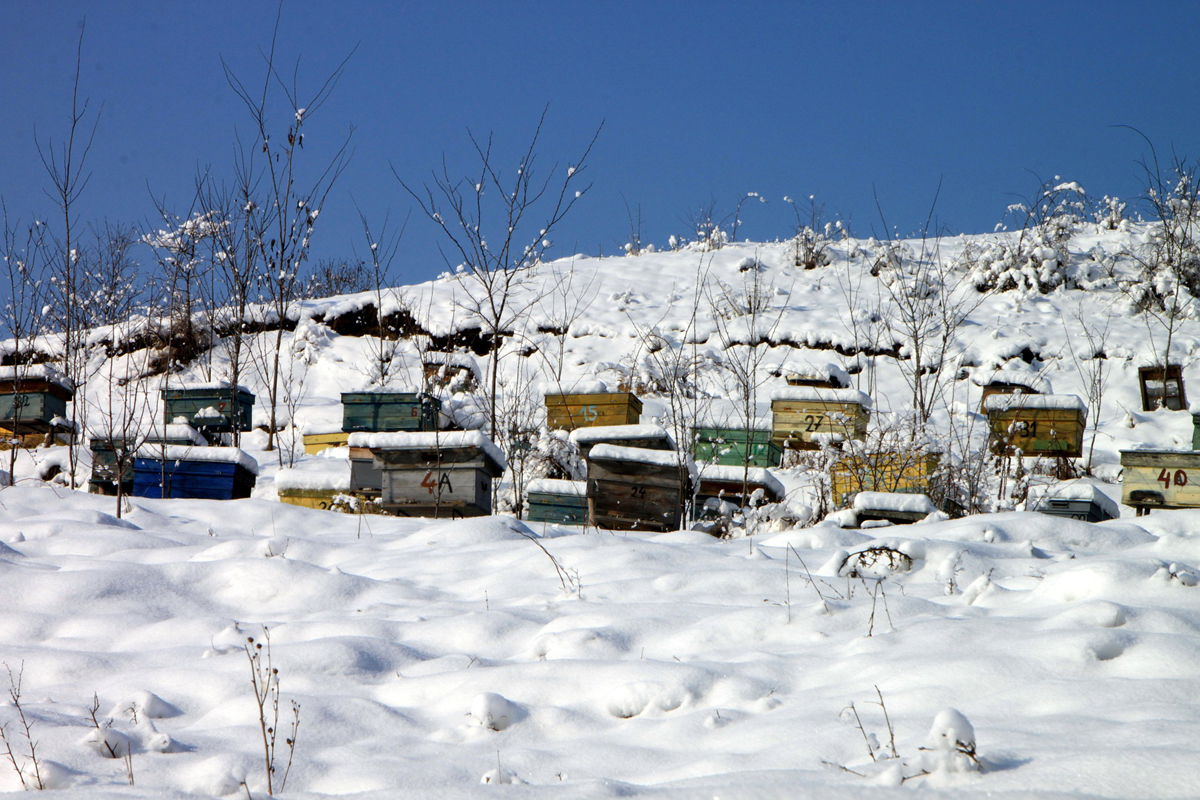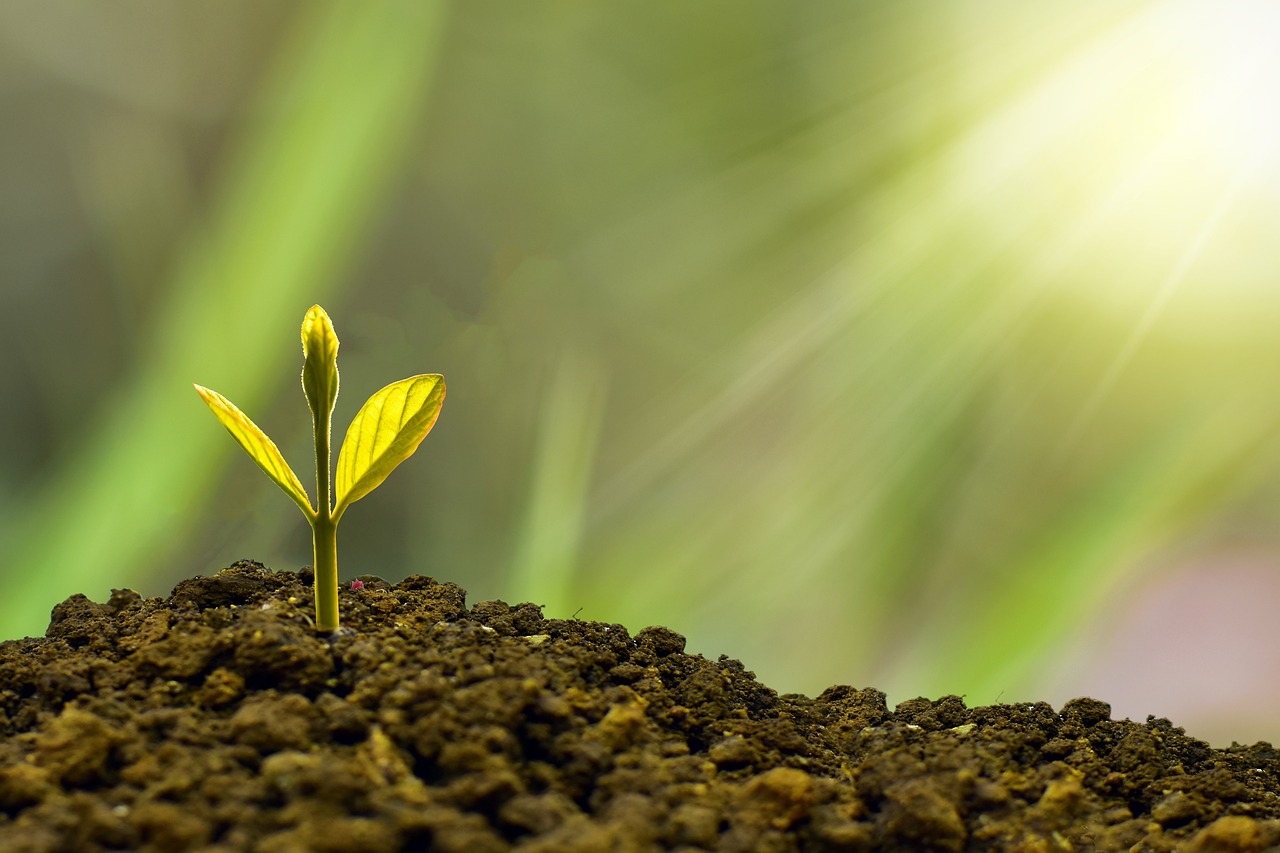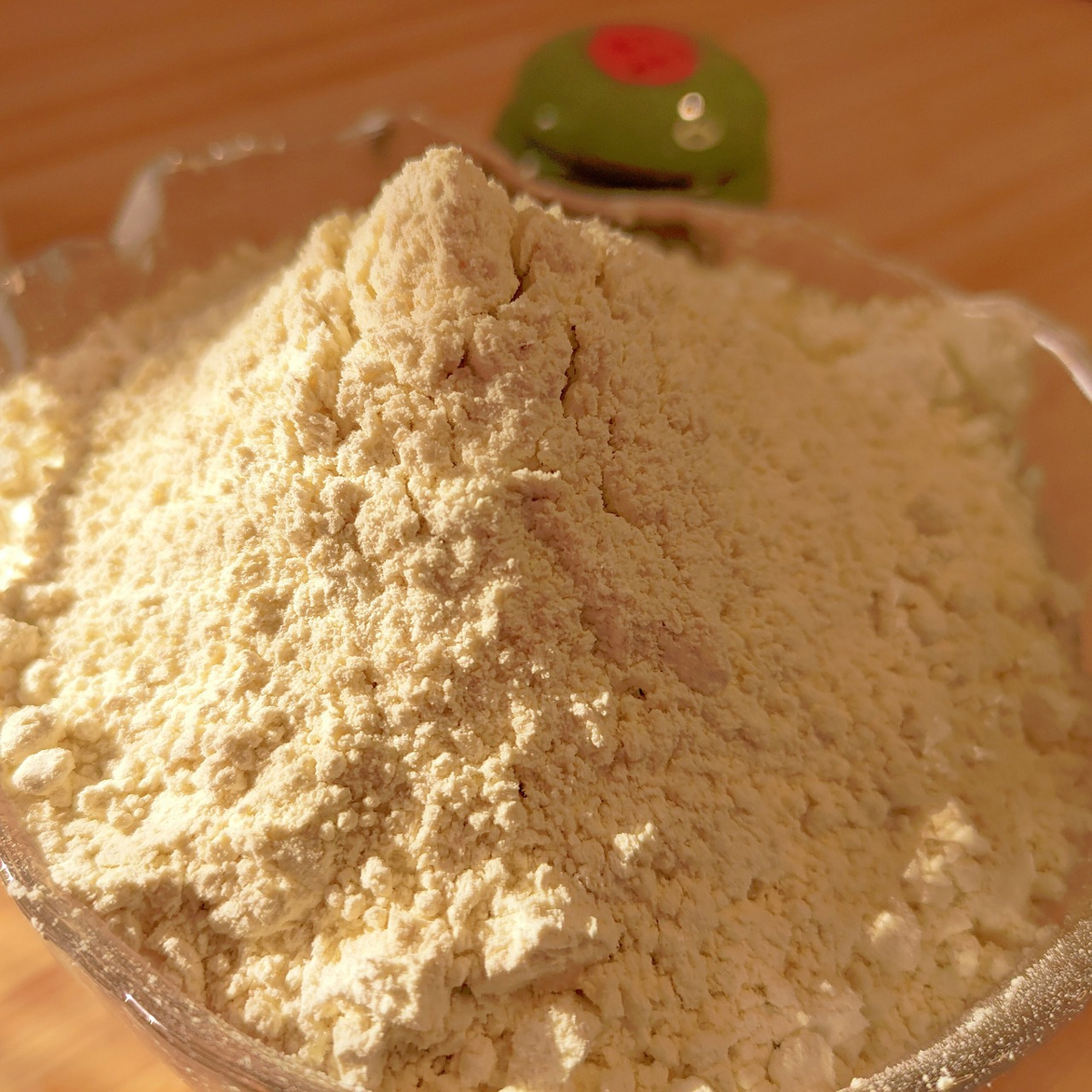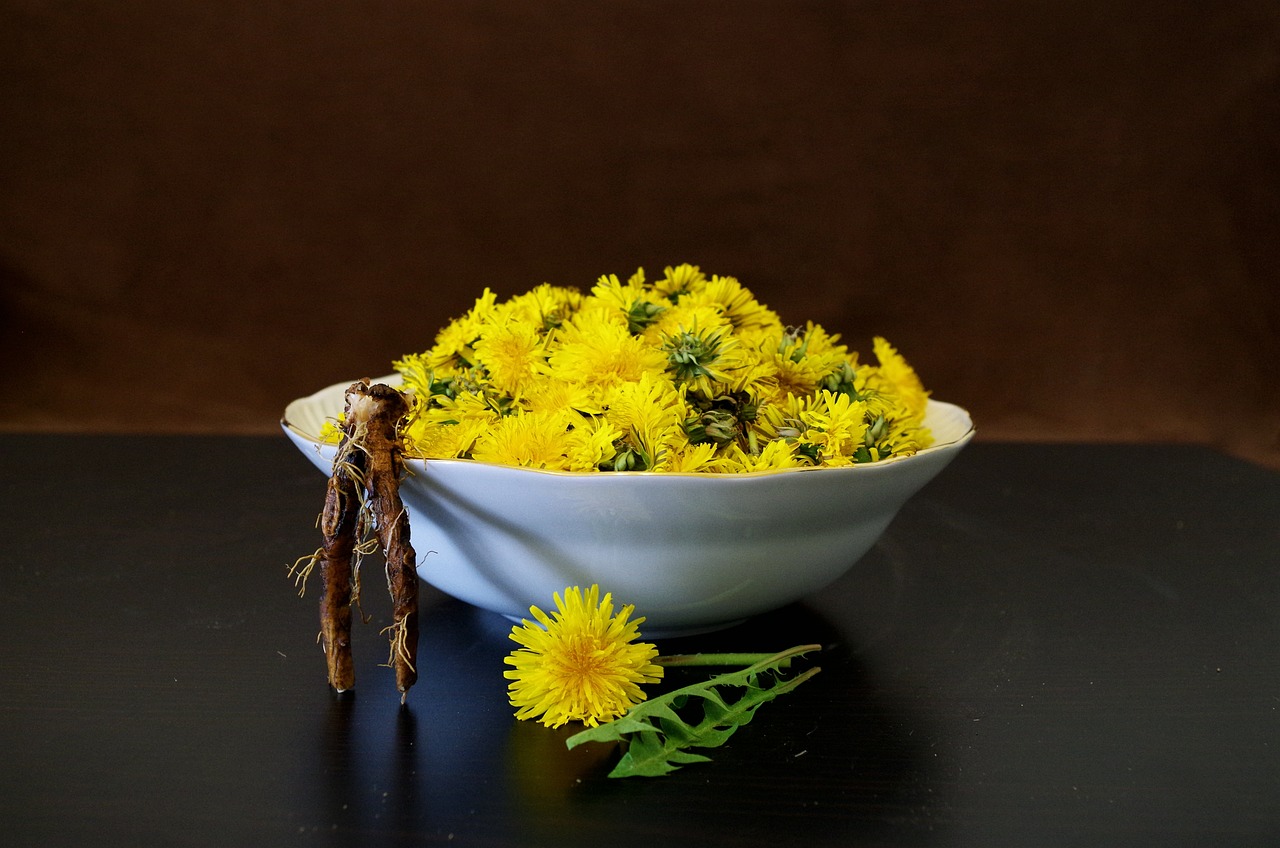Edible Weeds

Although edible weeds are seen by most of us as the ‘bad plants’, some people actually use them in soups, stir fries and salads. There are well over 100 beneficial weeds in the United States alone and you will need to be careful in choosing what weed to eat and what weed not to eat.
Some plants in the wild and in your backyard are poisonous, some are even deadly. You need to find out carefully which ones to choose, with the help of the internet or books:
• Pay attention to weeds’ growing conditions and if they have been exposed to pesticides and herbicides, road salt and pet waste.
• Seek expert advice as to which weeds are risky to eat if in doubt after researching.
• Not all beneficial weeds can be eaten raw, some must be cooked.
• A certain type of weed being edible does not mean that all parts of it are edible, including roots and leaves.
Why Choose Edible Weeds?
• Many weeds are simply delicious.
• They are close relatives to vegetables and herbs that we buy from the shops. The difference is these weeds grow all on their own.
• You will be saving money by consuming weeds by spending less on vegetables in the supermarket.
• Edible weeds may help your body fight free radicals that may potentially cause cancer over time, as they are antioxidant champions, rich in vitamins C and E.
• You will develop a better relationship with nature and be in closer touch with botany and seasonal changes.
• You can eat them raw in your salads or cook them in many different ways to add nutrition to your meals.
Types of Edible Weeds:
• Wild garlic is a great source of vitamins A and B and offers help in blood pressure and cardiovascular health.
• Wild roses- rose hips are commonly used as a herbal tea that acts as an antioxidant, being rich in vitamins A, C, D and E. This tea may help prevent urinary bladder infections and offer help in easing headaches and dizziness.
• Brambles- blackberry leaves can be cooked or added to your salad, so it is not only the fruit- blackberry you eat.
• Dandelion is a little bitter-tasting and may take a little time to get used to. Roots and leaves have been used to “cleanse” the liver, being rich in iron. Root can also be roasted and used for coffee.
• Evening primrose seeds contain GMA- gamma liniolenic acid and the essential amino acid tyrptophan that has many medical uses. Seeds are believed to prevent premenstrual syndrome.
• Wild ginger helps relieve the symptoms of an upset stomach, increase perspiration and expel gas from the body.
• Violet – is high in Vitamin C, and it is great in soups. You can also add the leaves and the flowers to your salads.
• Nettle is a good source of calcium and iron. It can be eaten just like spinach and makes a great soup.
• Chickweed tastes a lot like lettuce and can be added to your salads. It is believed to help treat skin irritations.
Comfrey, hawthorn, goosegrass, silverweed, sorrel, fat hen, yarrow, lamb’s quarter, garlic mustard, angelica and ground nuts are other well known beneficial and edible weeds.
The Author:
glycemic-index.org/edible-weeds.html
Photo.
Source: Ab








